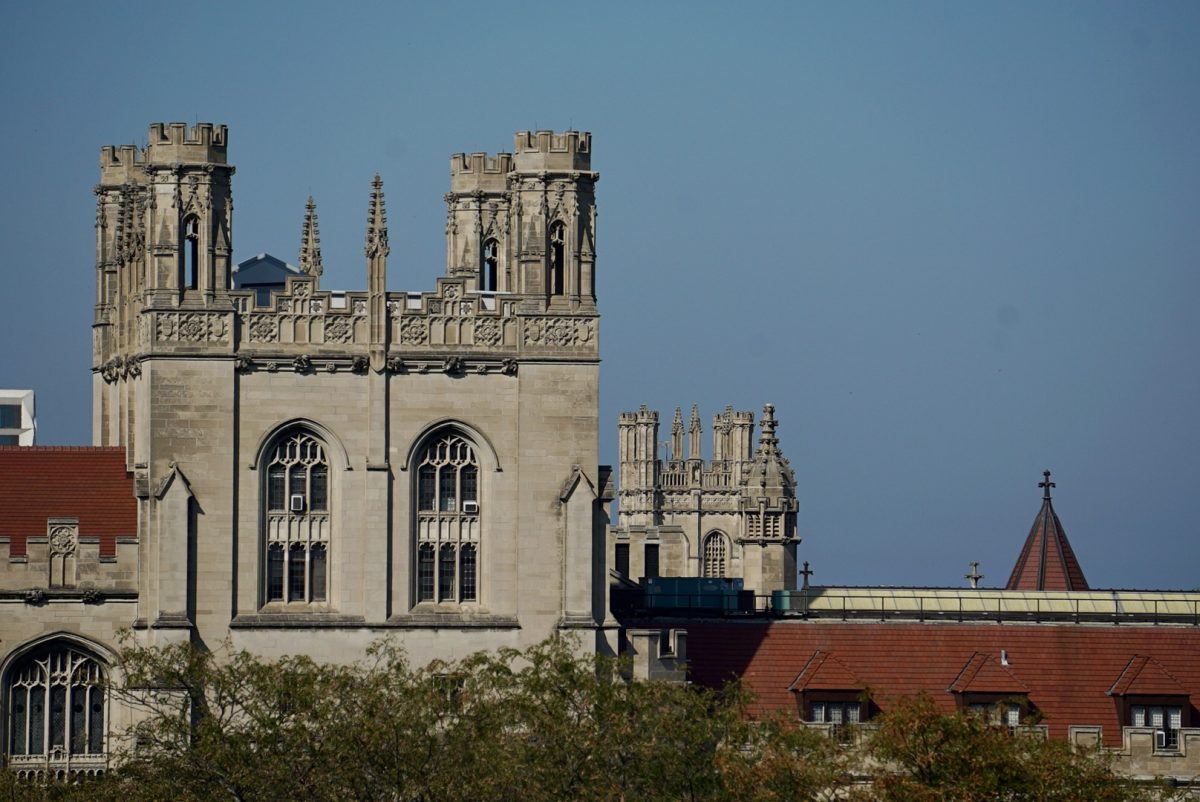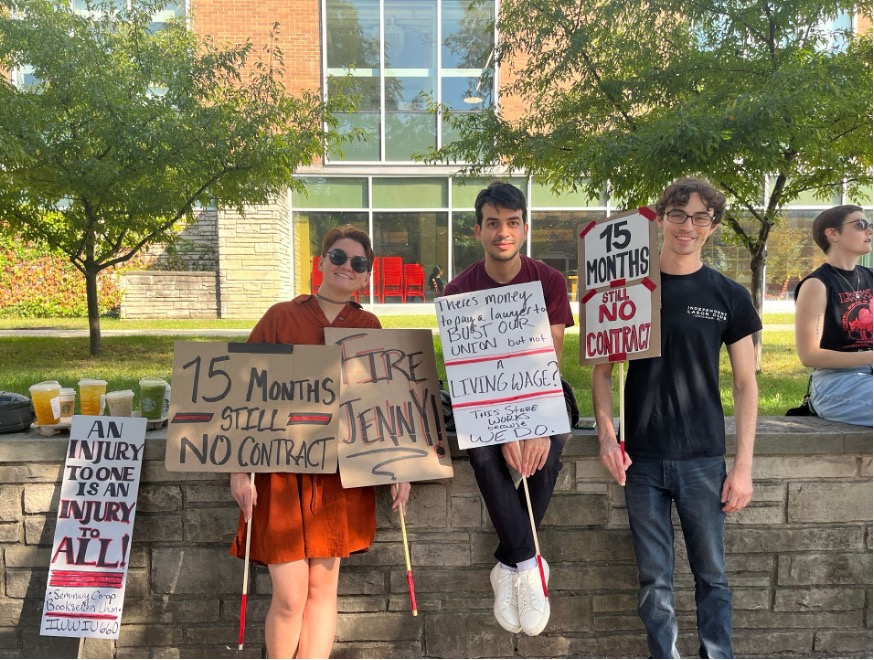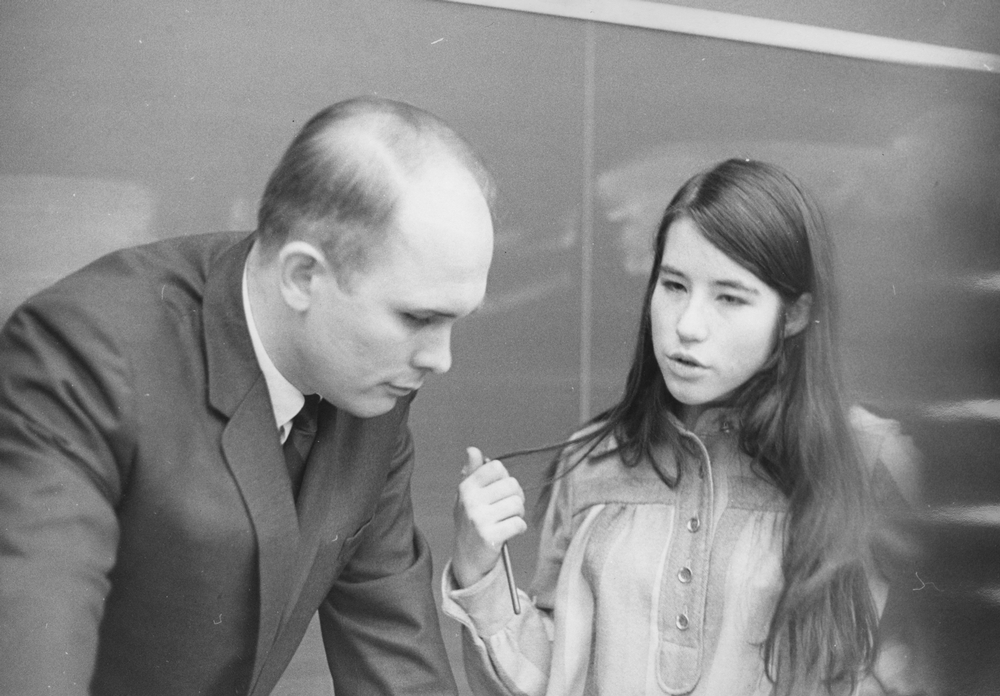Pritzker Medical School is one of the most diverse in the country, according to a recent study called “The Minority Student Voice at One Medical School: Lessons for All?”. The study examined how Pritzker promoted diversity and improved the experience of underrepresented minority students.
Pritzker is unique in that its matriculation rate of minority students is almost double that of peer medical colleges, according to data from the Association of American Medical Colleges. Underrepresented minority students represent approximately 15–18 percent of the class. The study focused on how Pritzker was able to enroll such a high proportion when the number of minority students in medical schools remains very low across the nation.
“It has been our efforts to create a learning environment in which diverse students can feel both accepted as well as successful that has helped us achieve our results,” Holly Humphrey (M.D. ’83), the Dean for Medical Education at Pritzker, said.
Researchers identified three major aspects of the school that improved the experience and success of the underrepresented minority students: the collaborative learning climate, student body diversity, and a required course on health care disparities, which introduces first-year medical students to hospitals and clinics in local communities in order to have them experience firsthand the inequalities and barriers created by economic disparities.
The researchers also found two factors that hindered the success of minorities: the homogeneity of the faculty and a burden from pressures and stereotypes.
Medical student Abdullah Pratt Abdullah, president of the Student National Medical Association, an organization dedicated to supporting underrepresented minority students in Pritzker, challenged some of the successes identified in the study, particularly the socioeconomic diversity of Pritzker students.
“The University of Chicago has done a great job of accepting students of minority backgrounds. Yet, one thing that concerns me is that it’s one thing to look like them, but I think it’s important to have students who have walked the same lines as the real low-income patient population,” he said.
Humphrey, however, insisted that the University has gone all-in to promote diversity.
“It is always our goal to recruit the most diverse class we can—with our definition of ‘diversity’ encompassing aspects of gender, race, ethnicity, socioeconomic status, geography, undergraduate college, etc.”
The study was published in the medical journal Academic Medicine in January.








